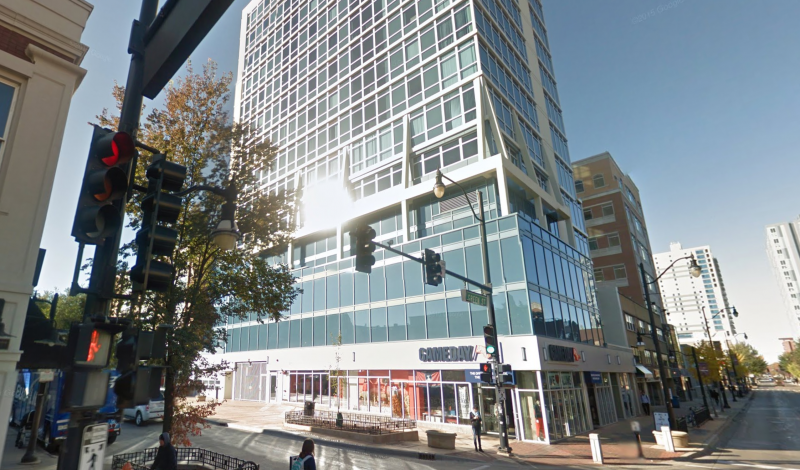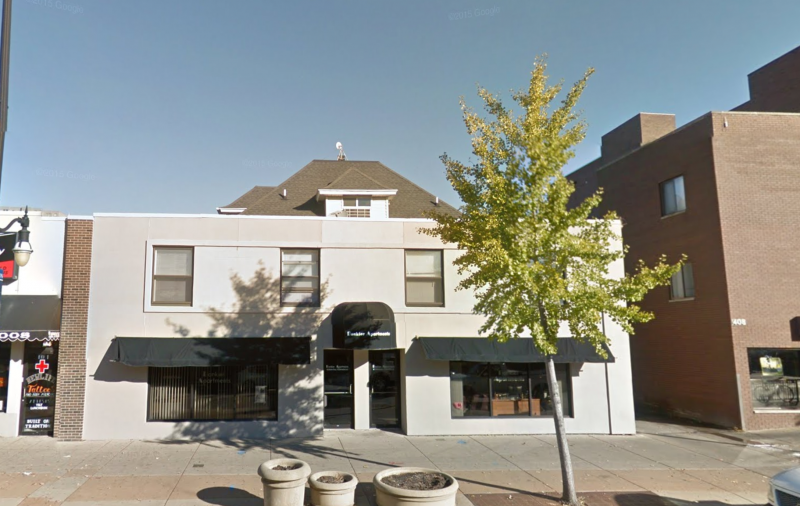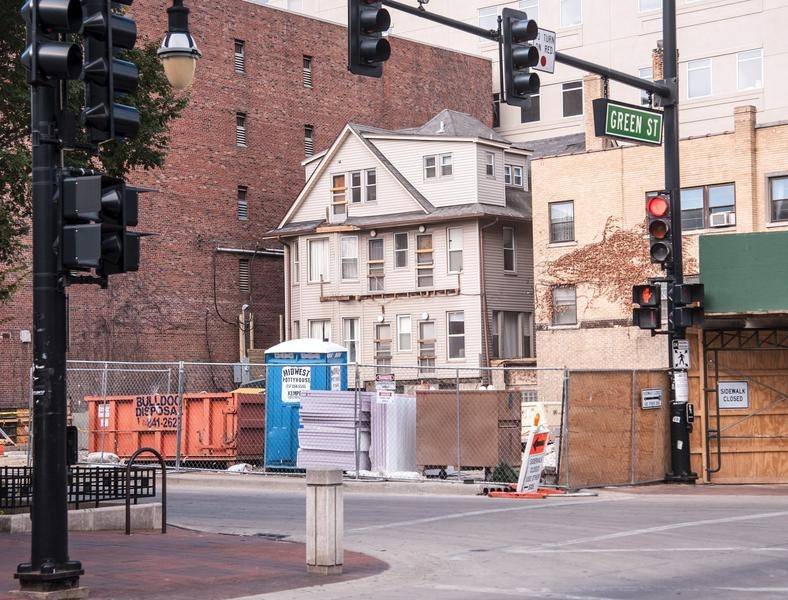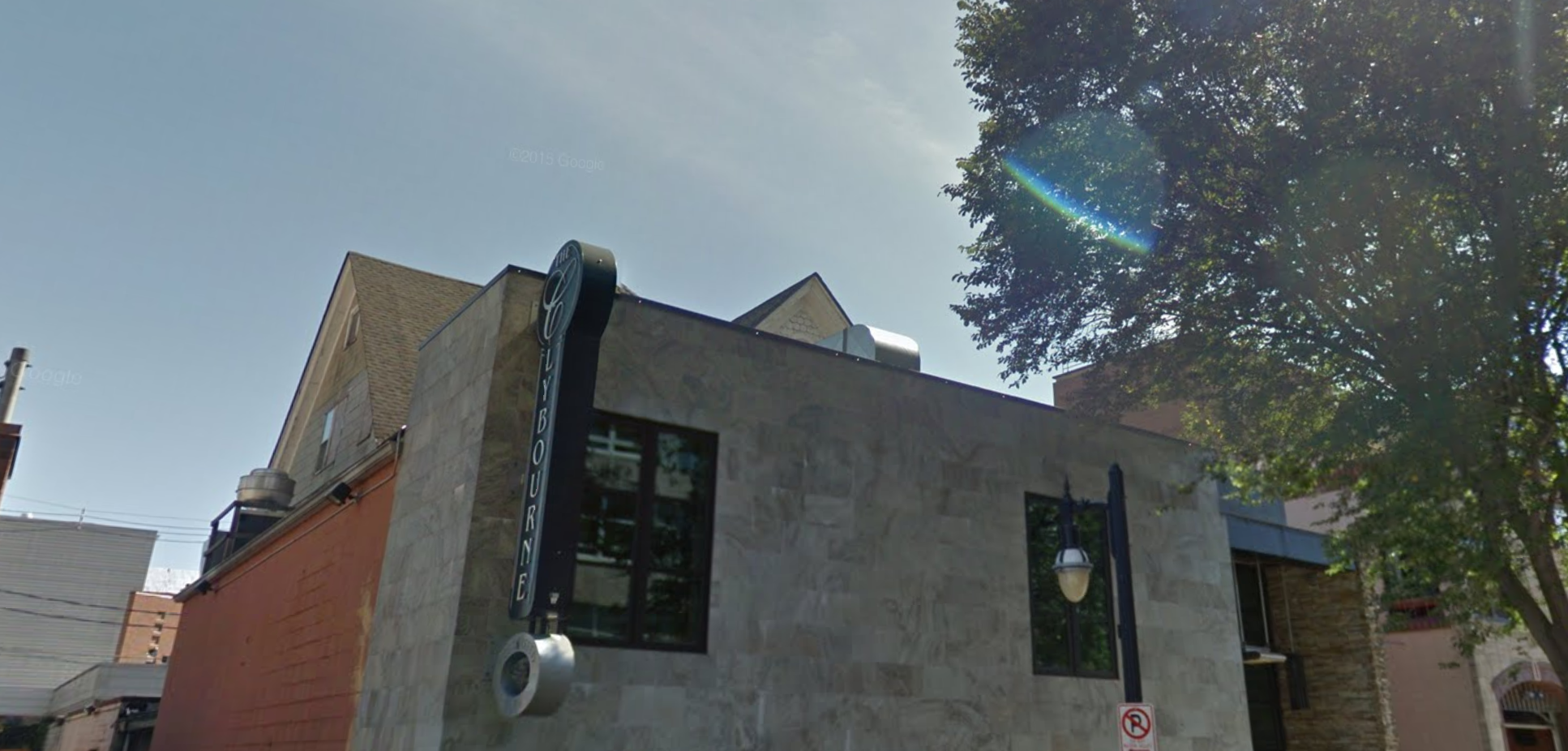Well before the imposing student apartment complexes towered over Green Street, before the street was alive with coffee shops, restaurants, and bars, and before many of us were alive, Campustown was a neighborhood of homes and small businesses. Turn-of-the-century houses housing professors, U of I faculty, and students shared blocks with intricate fraternity homes and local residences. The streets were small and lined with large trees, streetcars once serviced certain streets, and bars and apartments were almost non-existent. Though our beloved Campustown today is vastly different, vestiges of the area’s first buildings still remain.
 Champaign-Urbana’s urban fabric is unique among college towns, as the University of Illinois developed between the downtowns, not adjacent to either center city. Instead of growing organically together, Downtown Urbana, Downtown Champaign, and the University all grew differently at their own pace. For this reason, much of the historic architecture in Campustown is UI-related, be it academic buildings or Greek houses, because they were the only buildings preserved.
Champaign-Urbana’s urban fabric is unique among college towns, as the University of Illinois developed between the downtowns, not adjacent to either center city. Instead of growing organically together, Downtown Urbana, Downtown Champaign, and the University all grew differently at their own pace. For this reason, much of the historic architecture in Campustown is UI-related, be it academic buildings or Greek houses, because they were the only buildings preserved.
Although rows of single-family homes ranging from about two to two and a half stories once accompanied the academic facilities, they could not meet the housing and real estate demands of Campustown, proved costly to preserve, and have been torn down… mostly. Students signing a new lease at the Bankier Apartment offices or downing a pink moscato at The Clybourne may notice a strange gable roof peeking out above the building’s façade. These are the results of architectural “reskinning” of the homes in the 1950’s, 60’s, and 70’s, which utilized some of the house but completely revamped the street frontage and interior in order to make it suitable for retail.

These oddities are a direct result of the postwar boom in student enrollment enabled by the GI Bill which effectively doubled the student population of the University. In those days, the U of I built Quonset Huts and temporary housing at the current PAR/FAR and Six Pack locations to quell demand, but soon Campustown evolved into a dense neighborhood of apartments in tandem with new dormitory construction to comfortably house the students. Some housing gave way to businesses, who had to be creative with their lots; many found it easier, cheaper, and quicker to slap a new façade on an existing home rather than tear down and rebuild. The quicker the businesses could open, the quicker they could enter the lucrative, student market developing in Campustown. Having the street frontage made these spaces more attractive and legitimate, I mean, you’d probably trust a storefront more than an old house for nearly any business.

Alongside these hasty retrofits, other old homes were demolished to be rebuilt as suburban style commercial buildings. Though many of these strip mall-esque structures have been redeveloped again into apartment/retail megastructures, the Campustown Pizza Hut and Walgreen’s provide some glimpse of the preferred building style in the 1960’s and 1970’s.
Campustown, today as much as ever, retains its character as a hodgepodge of different buildings, comfortably out of place, delightfully out of scale. Though the quirky, hidden homes may be gone with the advent of our next major development, they’re certainly worth taking a second to stop, look, and ponder.
which you can rent nowrenewed public interest<span 0.875em;”=””> in these discrete domiciles.
Campustown, today as much as ever, retains its character as a hodgepodge of different buildings, comfortably out of place, delightfully out of scale. The twenty-four story 309 Green abuts an empty grassy lot across the street from a one-story bar. Following the path of least financial resistance from land acquisition to profit maximization is what molds the developments which will forever change the city. Though the quirky, hidden homes may be gone with the advent of our next major development, they’re certainly worth taking a second to stop, look, and ponder.
Images: The Clybourne Bar with gabled roof (Google StreetView), Bankier Apartments (Google StreetView), 509 1/2 Green Street (News-Gazette), Skyline Tower, 509 Green Street same vantage point (Google StreetView)








